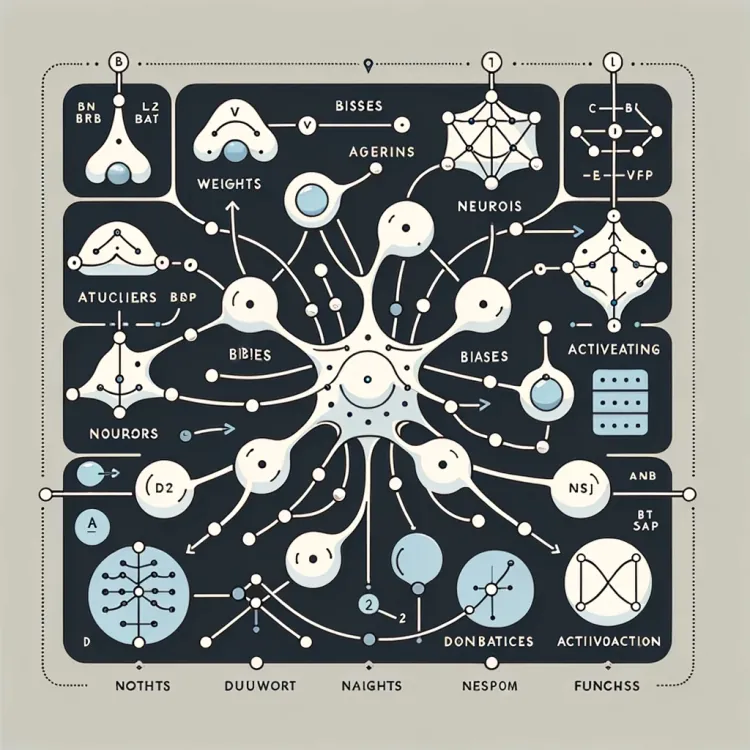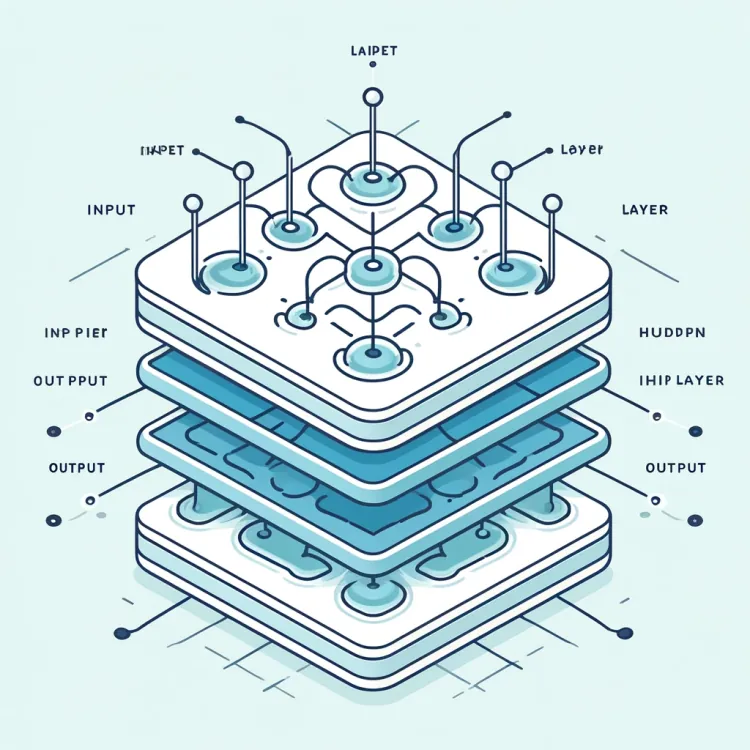Here’s a simplified mentation to assistance you recognize the basics:
Step 1: Understand What Neural Networks Are

Neural networks are computational models inspired by the quality brain. They larn from ample amounts of information by adjusting their parameters to marque close predictions oregon decisions. Imagine them arsenic a squad of workers passing information, wherever each idiosyncratic makes tiny decisions to lend to a last outcome.
Step 2: Learn the Key Components
- Neurons: The basal units of computation successful a neural network, analogous to encephalon cells.
- Weights: Values that find the value of the input signals.
- Bias: An further parameter which allows the exemplary to acceptable amended with the data.
- Activation Functions: Functions that determine whether a neuron should beryllium activated, helping to adhd non-linearity to the model.
Step 3: Understand the Architecture

- Input Layer: The furniture that receives the data.
- Hidden Layers: Layers successful betwixt input and output, wherever astir computations instrumentality place.
- Output Layer: The last furniture that outputs the prediction oregon decision.
Step 4: Training Process

- Forward Propagation: Input information is passed done the network, and each neuron processes the input and passes the output onward.
- Loss Calculation: Compute the quality betwixt the predicted output and the existent people values.
- Backpropagation: Adjust the weights and biases successful the web to minimize the loss, utilizing an algorithm similar gradient descent.
Step 5: Implement a Simple Example
Start with thing manageable, similar utilizing Python and a room specified arsenic TensorFlow or PyTorch to foretell whether an representation contains a feline oregon a dog. Here’s a precise simplified pseudocode:
import tensorflow arsenic tf # Load dataset (train_images, train_labels), (test_images, test_labels) = tf.keras.datasets.cifar10.load_data() # Normalize the images train_images, test_images = train_images / 255.0, test_images / 255.0 # Build the neural web model model = tf.keras.Sequential([ tf.keras.layers.Flatten(input_shape=(32, 32, 3)), tf.keras.layers.Dense(128, activation='relu'), tf.keras.layers.Dense(10) ]) # Compile the model model.compile(optimizer='adam', loss=tf.keras.losses.SparseCategoricalCrossentropy(from_logits=True), metrics=['accuracy']) # Train the model model.fit(train_images, train_labels, epochs=10) # Evaluate the model test_loss, test_acc = model.evaluate(test_images, test_labels) print(f"Test Accuracy: {test_acc}")Step 6: Experiment and Learn
The champion mode to larn is by doing. Start with elemental projects and gradually summation the complexity. Use online resources, courses, and tutorials to deepen your understanding.
This usher provides a foundational start. As you turn much comfortable, you tin delve into much analyzable aspects similar convolutional neural networks, recurrent neural networks, and heavy learning techniques for antithetic applications.
if you looking for much elemental mode of explnation the Neural Networks
 (2).png)
 1 year ago
51
1 year ago
51











 English (US) ·
English (US) ·